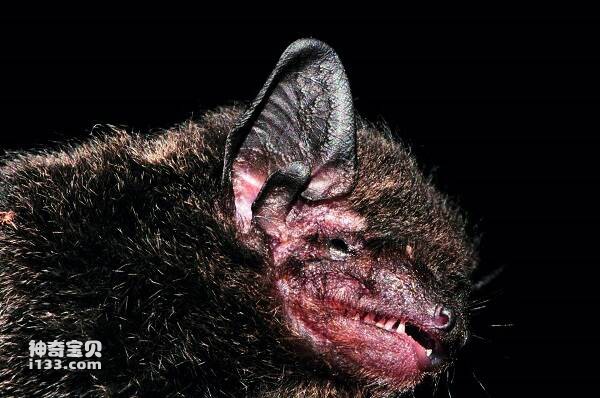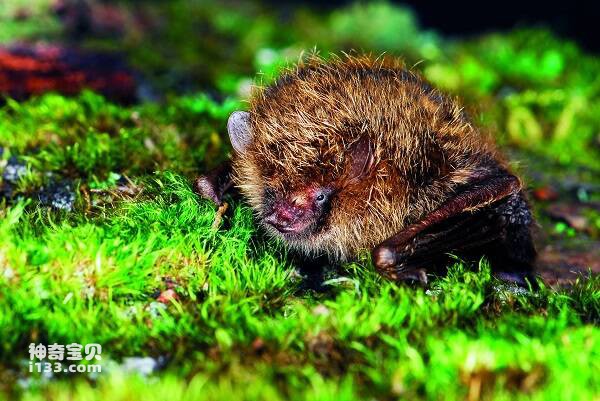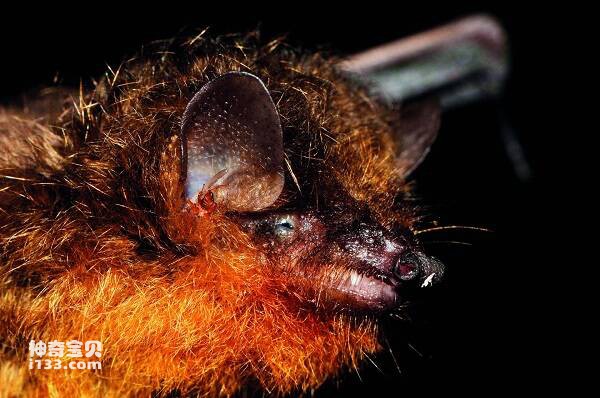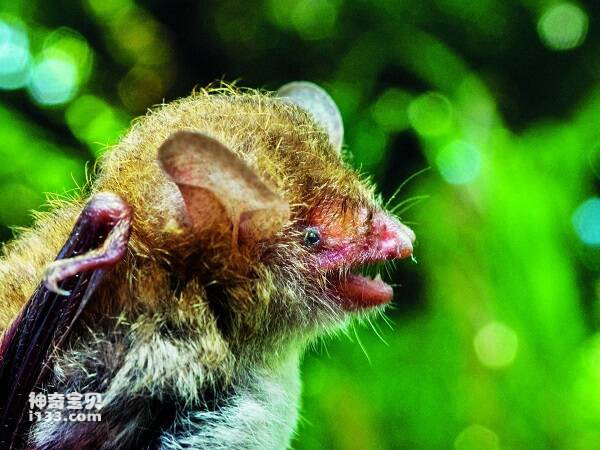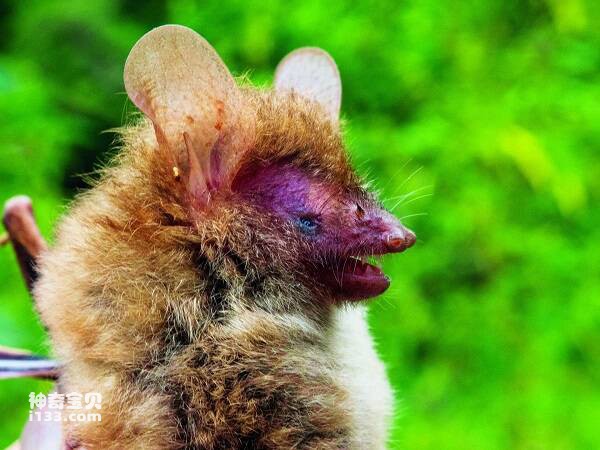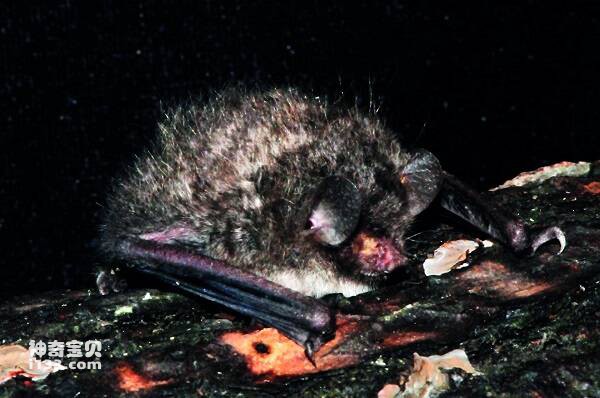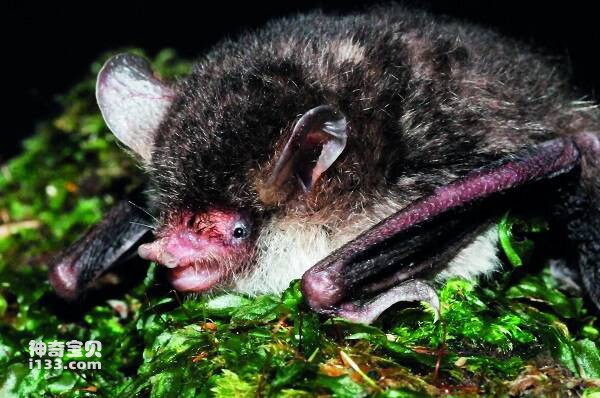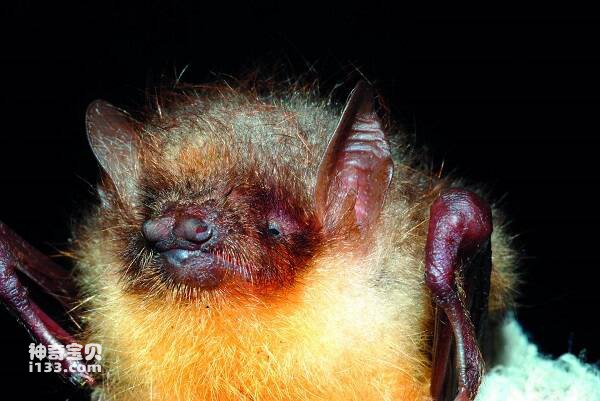Pipistrellus javanicus abramus
IUCN
LCBasic Information
Scientific classification
- name:Pipistrellus javanicus abramus
- Scientific Name:Pipistrellus javanicus abramus
- Outline:Chiroptera
- Family:Chiroptera batidae Pipistrella
Vital signs
- length:38-42 mm
- Weight:About 5 grams
- lifetime:
Feature
The ears are short and wide.
Distribution and Habitat
Reports in China are distributed in southeast Tibet (Chayu), Anhui, Jiangxi, Guangxi and Sichuan (Zhang Rongzu, 1997), and western Yunnan (Liuku) (Wang Yingxiang, 2003). It is distributed abroad in Nepal, Afghanistan, Pakistan, India, Myanmar, Vietnam, Thailand, Malaysia and Indonesia.
Appearance
Medium body, forearm length 30-36mm. The ear shell is short and wide, and the base of the outer edge of the ear shell has a convex lobe; Auricular shell, tragus dark brown. The tragus is short, its height is about half of the ear shell, and the base of the tragus is concave; The alar membrane ends at the base of the toe; The hind foot is small, more than half the length of the tibia. The back of the body is smoky brown or dark brown black. The ventral hair is light, the base is dark brown, and the tip is yellowish-gray or yellowish-red, especially on the neck, chest and ventral sides. The skull is flattened. The snout is broad and flat, short and slightly narrow. The apex of the cranium was located above the vertical line of the squamous process at the back of the zygomatic arch, with no supraorbital process and weak sagittal and herringbone ridges. The morphology of the penis bone is similar to that of the claviculus pipistrella but shorter.
Details
Pipistrella javanica is a small pipistrella. Hill & Harrison (1987) divided the Phyllopipistrella javanica into two effective species according to the obvious difference of penis bones: the phyllopipistrella javanica has a length of 5.0-5.5mm and its stalk is nearly straight; The penile bone of the East Asian Pipistrella is 10-13mm long, and the stem has two distinct curves in an "S" shape. This species is found in Java, Indonesia.
The Javanese pipistrella inhabits cracks in rocks, holes in trees and eaves. Dusk out to forage, more activity in the settlements, woods, streams above. Prey on pests, good.
It has been included in the Chinese Red List of Biodiversity - Vertebrate volume, and the assessment level is near threatened NT.
